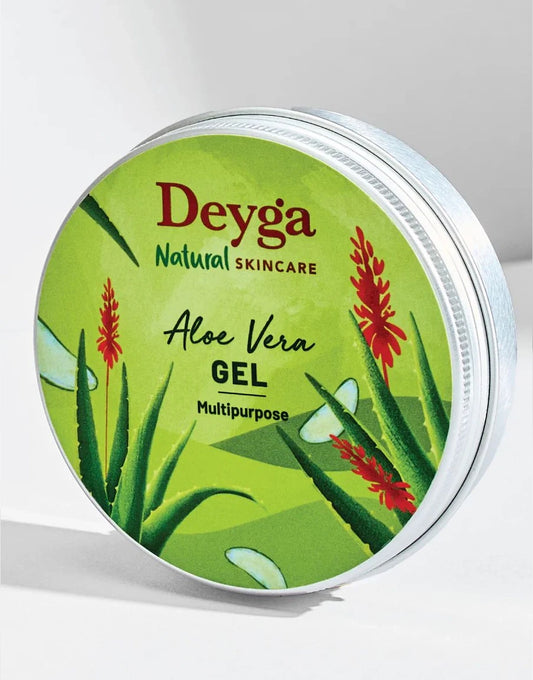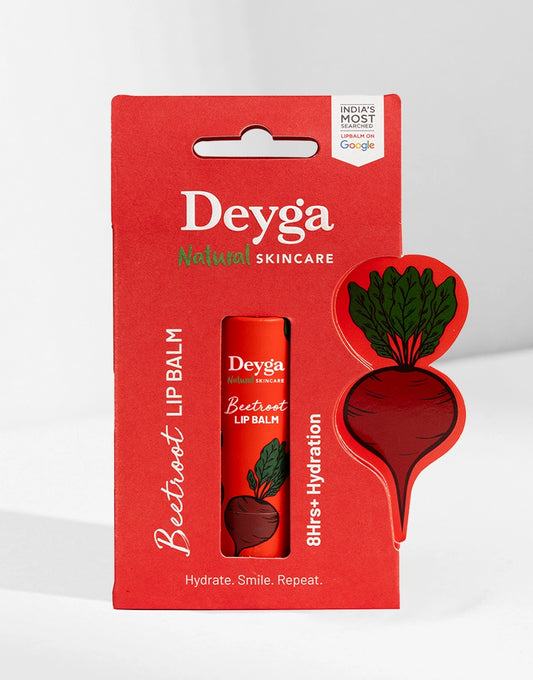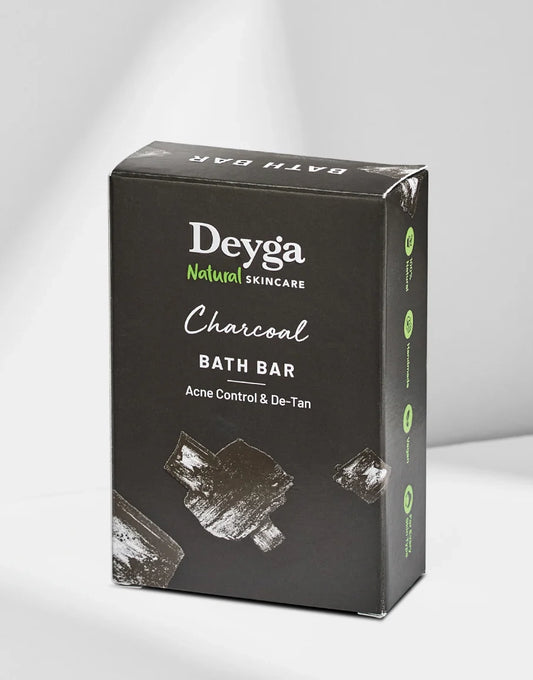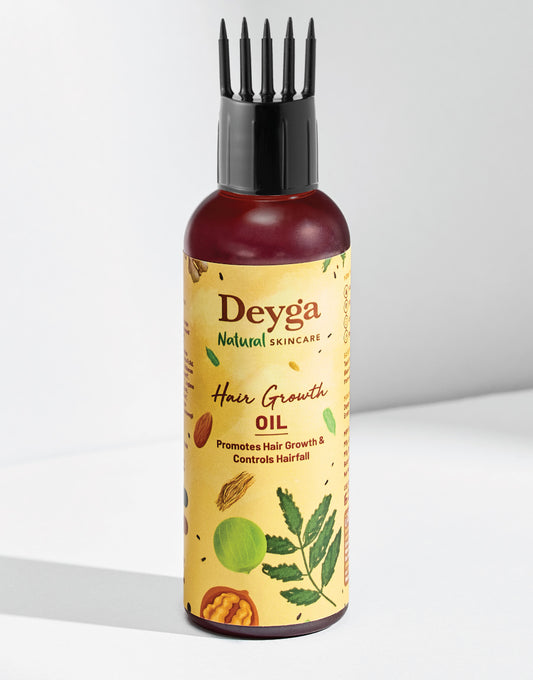Did you know that your skin is the largest organ in your entire body!
American Academy of Dermatology (AAD) discovered that In 1 inch of skin, you have about:
- 650 sweat glands.
- 20 blood vessels.
- 60,000 melanocytes (the stuff that makes melanin and gives your skin its colour.)
- 1,000 or more nerve endings.
Every skin type is unique, and that is why when it comes to skincare and beauty regimens, you should be using exclusive products that will suit your skin type.
There are no skincare products that will fit everybody. Hence, it is essential for you to understand your skin type so you can select exclusive products to take care of your skin.
Here are a few ways which may help you understand your skin type.
Skin Type and Skin Conditions are not the same!
There is a huge difference between skin type and skin conditions. Hyper-pigmentation, signs of ageing, fine lines, wrinkles, blemishes, etc. are all skin conditions and they can span across various skin types.
Skin conditions are highly subjective to the weather, environment, age, hormones, and genetics. Your skin conditions may change but your skin type will not. While choosing skincare products, you must pick products to treat temporary skin problems that will match your skin type.
Key factors that determine skin type
- Genetics – Genes primarily decide your skin type. And you will inherit it either from your mom or dad.
- Medications – The medicines you consume regularly can influence your skin type as a side effect.
- Hormones – From adolescence to pregnancy and old age, our hormones will fluctuate and cause a change in the skin’s condition.
- Weather – Shifting to a totally new environment can influence your skin type, for good or bad.
- Diet – Certain diets that you may follow in your daily routine might not go well for your skin. If you spot allergies, talk to your dietician to confirm.
- Improper Skin Care – Using the wrong skin products might cause a disturbance in your skin’s hormones and upset its balance.
Three steps to identify your skin type
Step #1: Wash your face with a gentle face wash or a cleanser.
Step #2: Pat dry your face and refrain from applying any moisturizer or face creams.
Step #3: After an hour, look for the following changes in your skin.
Different skin types
There are five different skin types and you could fall into either of them.
1. Normal Skin
Normal skin is neither too dry nor too oily. It is called “eudermic,” meaning it is well-balanced and good. Normal skin type has balanced sebum production and pH levels. It gets good blood circulation.
How can you identify normal skin?
- Fine pores
- Smooth and even skin texture
- No blemishes
- No adverse reactions to all the products
- Very little or no zits and breakouts
2. Oily Skin
Oily skin usually gives a greasy look. Oily skin is vulnerable to acne and zits. It appears so because of its excess sebum production.
How can you identify oily skin?
- The greasy and oily appearance
- Big or open pores
- Vulnerable to acne and breakouts
What causes oily skin?
- Hormonal Changes: Hormonal variations during puberty and pregnancy can cause oily skin.
- Climate: A humid or hot environment is more likely to make your skin oily and give a greasy appearance.
- Genetics: If your parents or your immediate family members have oily skin, then chances are you too have oily skin.
- Large Pores: Large pores produce more sebum and hence make your skin oily.
- Harsh Soaps: It is quite common for you to get driven by a new product’s fanciness and it could have been a reason too. Exfoliating too much or using harsh soaps tend to increase the natural sebum production and imbalance the pH levels. This will diminish the health of the skin and contribute to oily skin.
3. Dry Skin
Dry skin is characterized by rough, flaky skin texture and lack of moisture. It is usually tight and causes severe irritation.
How can you identify dry skin?
- Uneven and rough skin texture
- Itching
- Flaky and rough skin
- Tight and dry skin
What causes dry skin?
- Genetics: If your immediate family members have dry skin, it is likely you will have dry skin too.
- Season: Lack of humidity will make your skin dry in winter and other dry climates.
- Long showers and hot water: Spending longer hours in the shower especially in hot water will wear out the essential oils in the skin making it dry.
- Age: Age determines your skin type. As you age, the sebum production in your skin will decrease leaving your skin flaky and dry.
4. Combination Skin
Combination skin is an amalgam of dry skin and oily skin. Normally, in a combination skin type, the cheeks are dry and the T-zone will be oily.
How can you identify a combination skin?
- Oily T-zone and dry cheeks
- Breakouts on forehead, nose, and chin only
- Sensitive cheeks
What causes combination skin?
- Genetics: Combination skin could result from your parents or your immediate family.
- Products: The products you use on the skin can affect your skin type and contribute to an increase or decrease in sebum production, particularly in the T-zone.
- Climate: The combination skin type is highly subjective to the season you are in. In summers, your skin will be oily and in winters, you will have dry skin.
5. Sensitive Skin
Sensitive skin is usually vulnerable to every product and shows an adverse reaction to spicy and oily foods.
How can you identify sensitive skin?
- Uneven skin texture
- Itchy and tight skin
- Greasy skin in summers
- Dry skin in winters
- Reacts adversely to all kinds of skincare
- Becomes red and patchy after a hot water shower
- Itches when touches the skin
- Causes breakouts and redness after consuming spicy food
- Flushes easily
- Frequent rashes and bumps
- Unfavourable reaction to fragrance
 Track My Order
Track My Order












